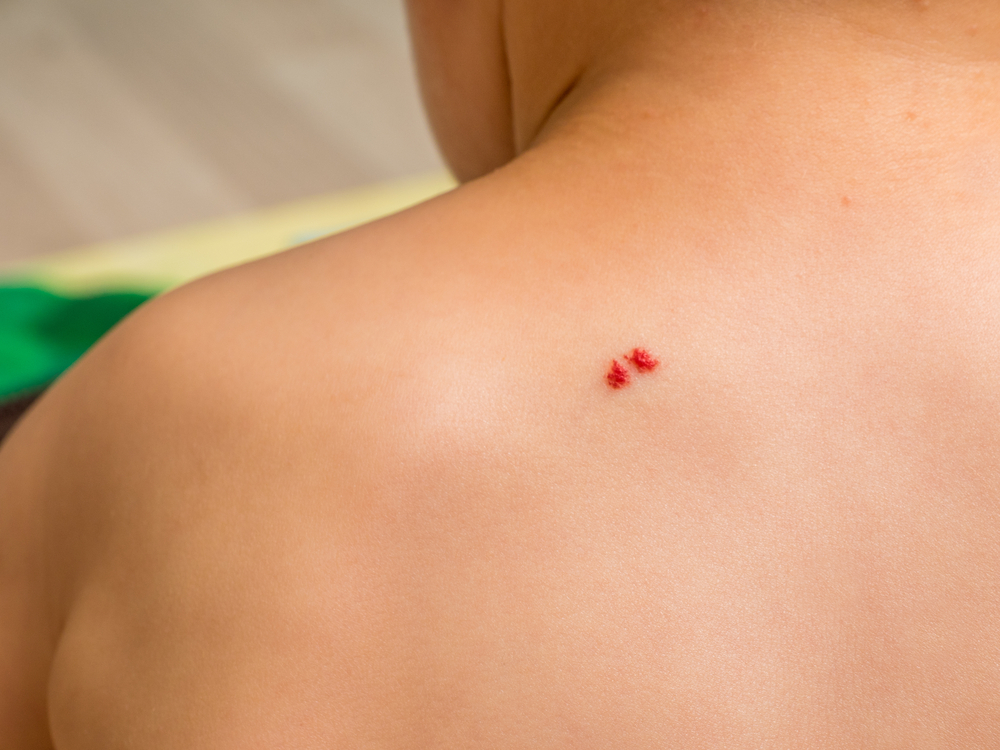Do you know those red moles that like to form on the upper part of the body? We will explain to you what the blood-red spots mean.
What are those little red spots?
The red blood spots appear especially on the neck, décolleté, chest and back. All of a sudden they are just there, the little troublemakers. These red liver spots are also called strawberry spots or blood sponges. The scientific term is hemangioma. More precisely tardive hemangiomas – these are the spots and nodules that form new ones on the upper body and even in the genital area over the years. Are the red spots actually dangerous? And why do they appear so suddenly?
Are the red moles dangerous?
All-clear in advance: The tardive hemangiomas are fortunately completely harmless. They occur in many people over the age of 40 and usually more occur with increasing age. A tardive hemangioma develops when small blood vessels located on the surface of the skin expand within a skin zone. The vascular loops typically form a ball and fill up with blood. If you have a genetic predisposition to this, you will most likely be able to observe the spread of the hemangiomas in yourself. Those who suffer more from this skin phenomenon sometimes even discover it on the face, nose, ears or chin.
Tardive hemangiomas can look like this
- In its early stage a tardiv hemangioma appears as a ruby spot. A small, sharply defined, bright light red spot with a diameter between one and four millimeters.
- When the vascular loops in the skin expand even more, a soft, flat nodule, a papule, is formed. At first, the nodule appears intensely light red and later takes on a strong dark red color.
- In rare cases, a nodule will enlarge further. Then a soft, sponge-like, flat raised knot with a diameter of about one centimeter develops.
The causes for the development of tarvid hemangiomas are numerous and can only be clarified with a detailed examination by a doctor. If the blood-red dots bother you, you can have them removed by a dermatologist using a laser. If the red dots turn dark, the dermatologist should take a look at them to rule out further skin diseases.

